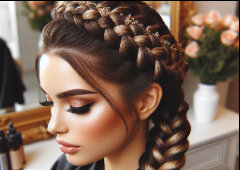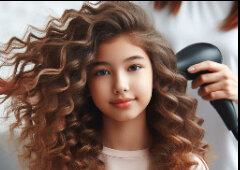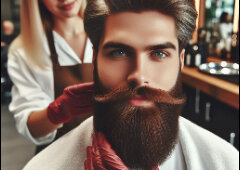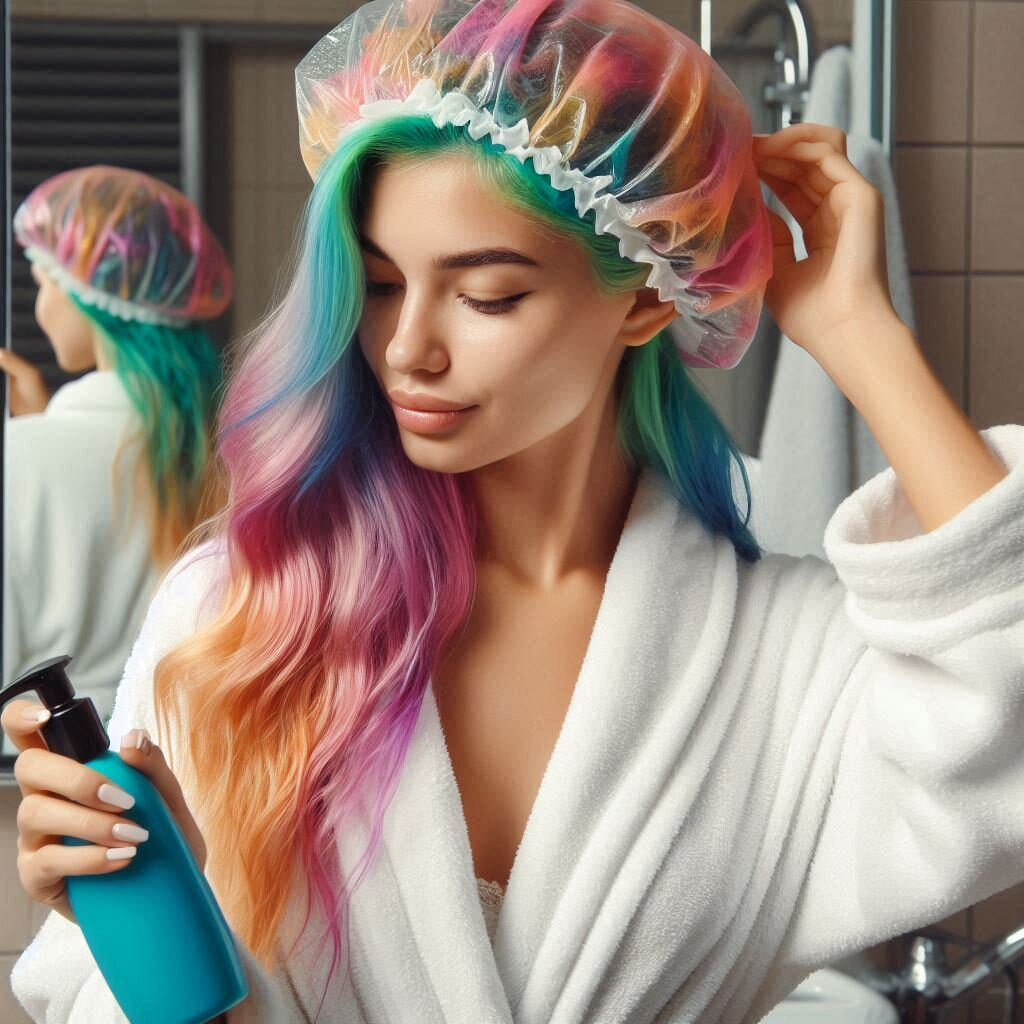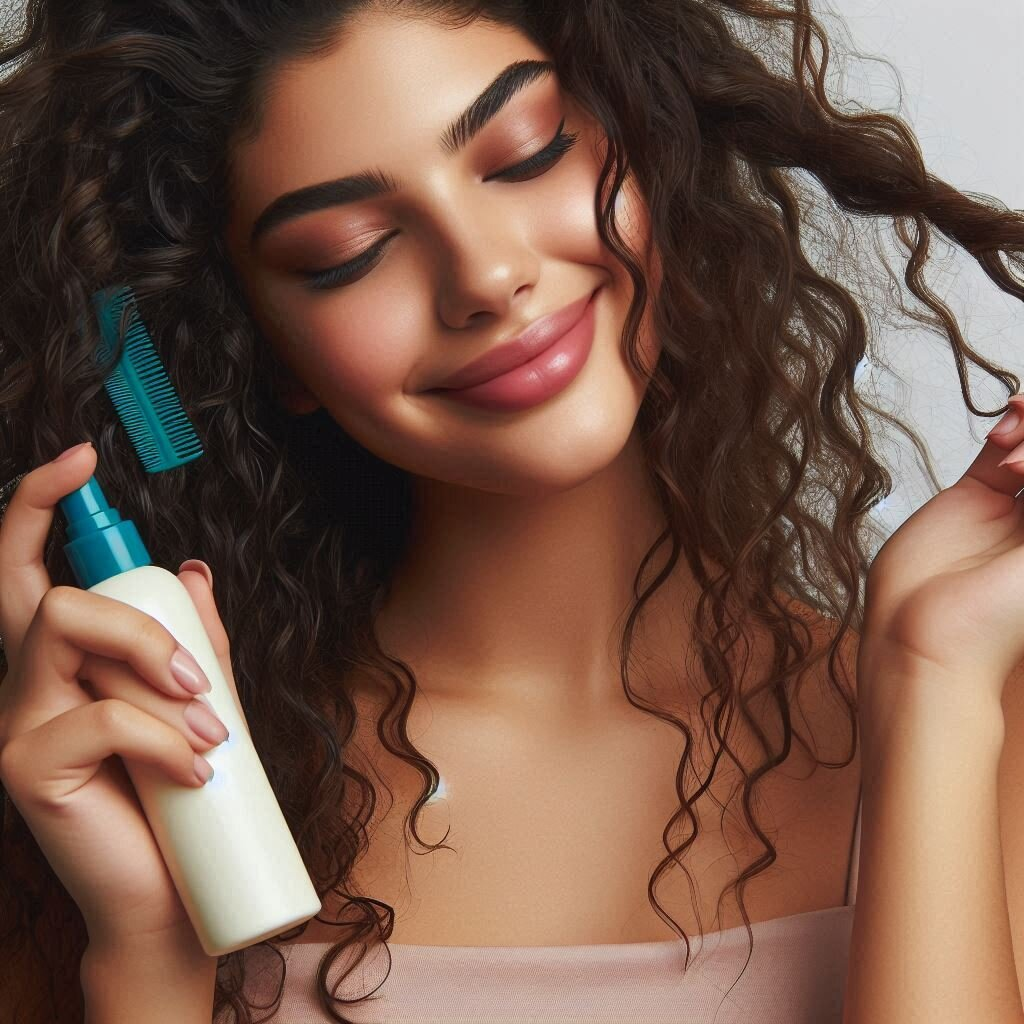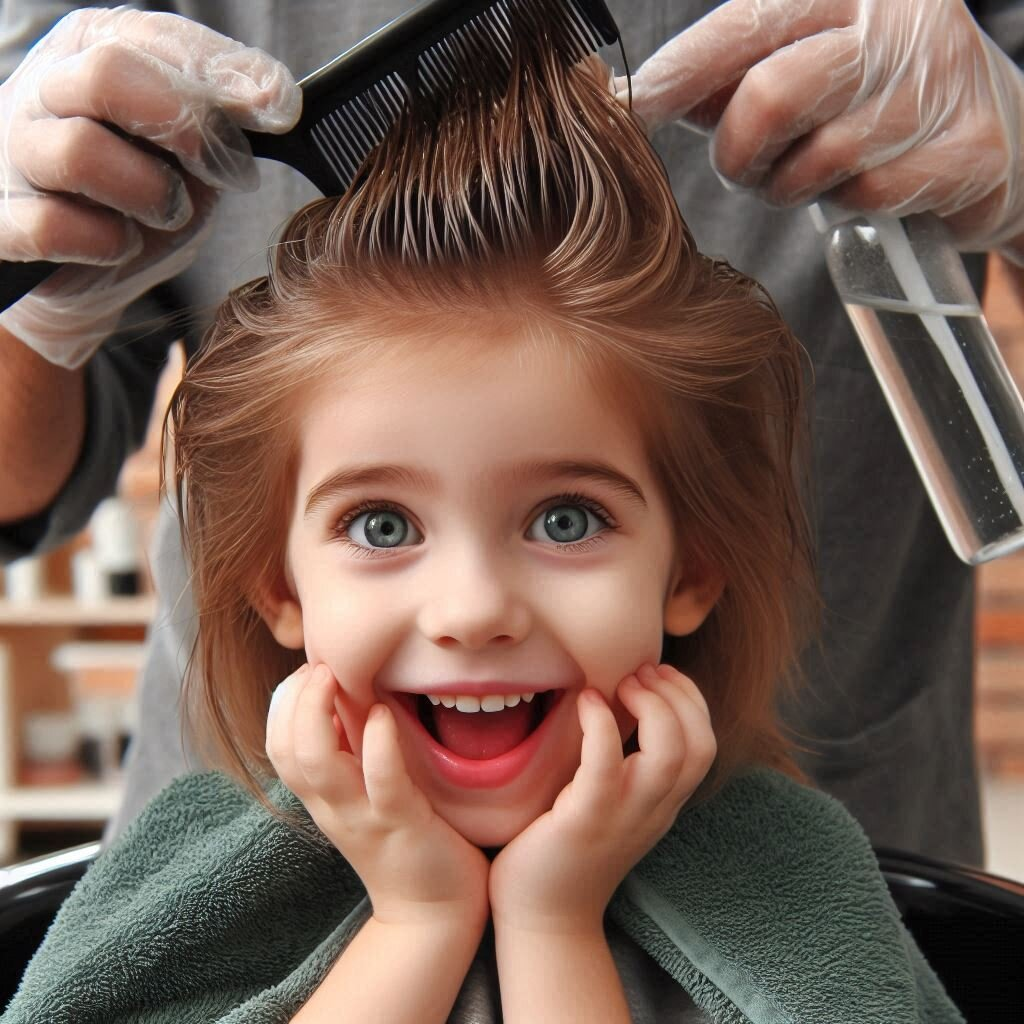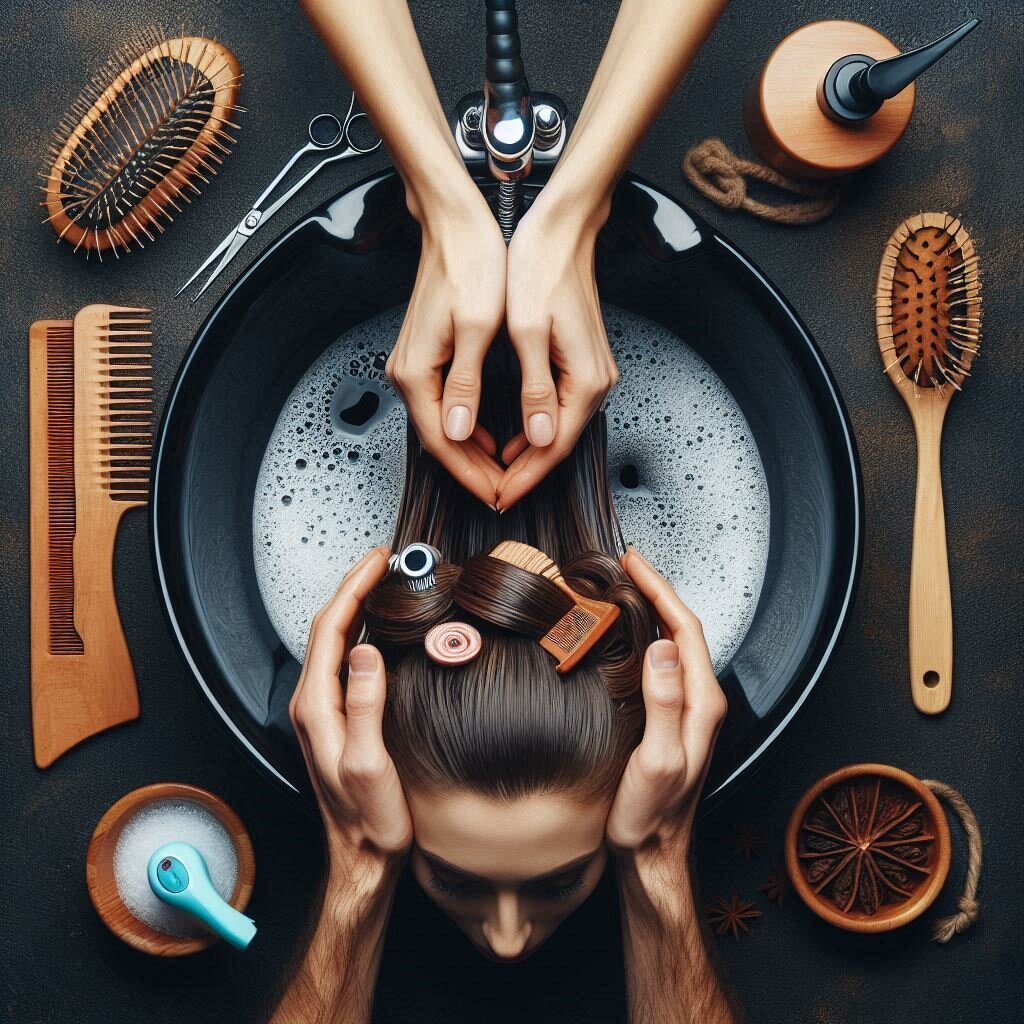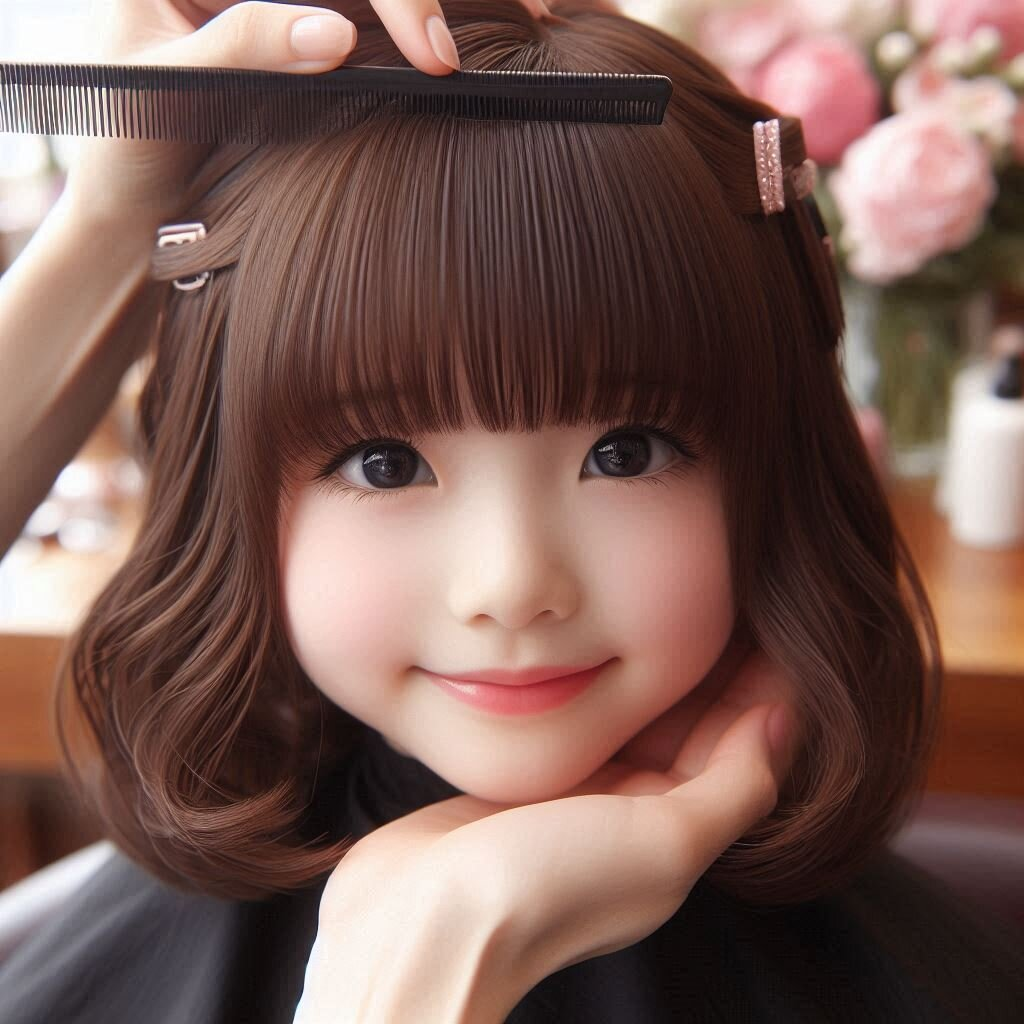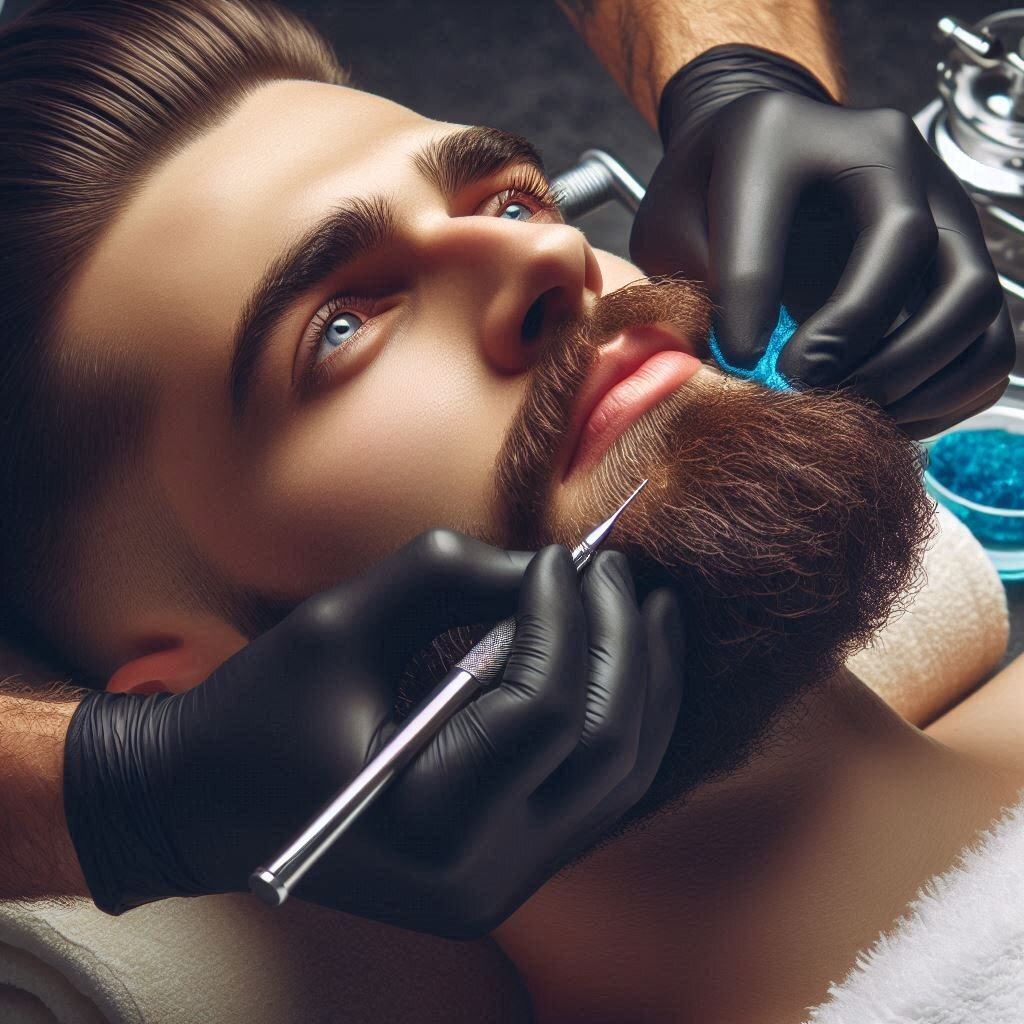Keratin Care for Long Hair: Nourishing and Strengthening Your Locks
Dyed hair requires special attention to maintain its color, health, and shine. Proper care can help extend the life of your hair color and keep your locks looking vibrant. Here are some essential tips for maintaining your dyed hair at home:
1. Use Color-Safe Shampoos and Conditioners
Choose shampoos and conditioners specifically formulated for color-treated hair. These products are designed to be gentle on your color while helping to preserve its vibrancy. Look for products that are sulfate-free, as sulfates can strip hair of its natural oils and color.
2. Avoid Frequent Washing
Washing your hair too often can lead to color fading. Aim to wash your hair no more than two to three times a week. When you do wash, use lukewarm water rather than hot, as hot water can also cause color to fade more quickly.
3. Condition Regularly
Conditioning is crucial for maintaining the health of dyed hair. Regular use of a deep conditioning treatment or hair mask can help keep your hair hydrated and reduce damage. Look for treatments that provide moisture and nourishment, especially if your hair is dry or damaged.
4. Protect from Heat
Heat styling tools like blow dryers, straighteners, and curling irons can exacerbate color fading. If you use these tools, apply a heat protectant spray beforehand to minimize damage. Additionally, consider using lower heat settings and limiting the frequency of heat styling.
5. Avoid Chlorine and Saltwater
Chlorine from pools and saltwater from the ocean can strip color from your hair. If you swim regularly, wear a swim cap or rinse your hair with fresh water before swimming. After swimming, rinse your hair thoroughly and use a clarifying shampoo to remove any residual chlorine or salt.
6. Protect Hair from the Sun
Sun exposure can cause hair color to fade. Protect your hair by wearing a hat or using hair products with UV protection when spending time outdoors. Some leave-in conditioners and styling products offer UV filters to shield your hair from sun damage.
7. Minimize Chemical Treatments
Frequent chemical treatments, such as additional dyeing or perming, can weaken and damage your hair. If possible, space out chemical treatments and give your hair time to recover in between. Consider using less harsh products or techniques to maintain the health of your hair.
8. Avoid Over-Brushing
Brushing your hair too often can lead to breakage and damage, especially when it is wet. Use a wide-tooth comb or a brush specifically designed for wet hair to detangle gently. Be cautious and avoid pulling or tugging on your hair.
9. Hydrate from the Inside Out
Healthy hair starts from within. Ensure you drink plenty of water and maintain a balanced diet rich in vitamins and minerals. Foods high in antioxidants, vitamins A, C, and E, and omega-3 fatty acids can support hair health and color longevity.
10. Touch Up Color as Needed
To keep your color looking fresh, plan for periodic touch-ups. Depending on your hair growth and the type of dye used, you may need to reapply color every 4 to 8 weeks. Schedule touch-ups with your stylist or use at-home dye kits as necessary.
Final Thoughts
Caring for dyed hair requires a bit of extra effort, but the results are worth it. By using the right products, protecting your hair from damage, and maintaining a healthy lifestyle, you can keep your color looking vibrant and your hair feeling healthy. With these tips, you’ll be able to enjoy your beautiful, color-treated hair for as long as possible.
Keratin Care for Long Hair: Nourishing and Strengthening Your Locks



